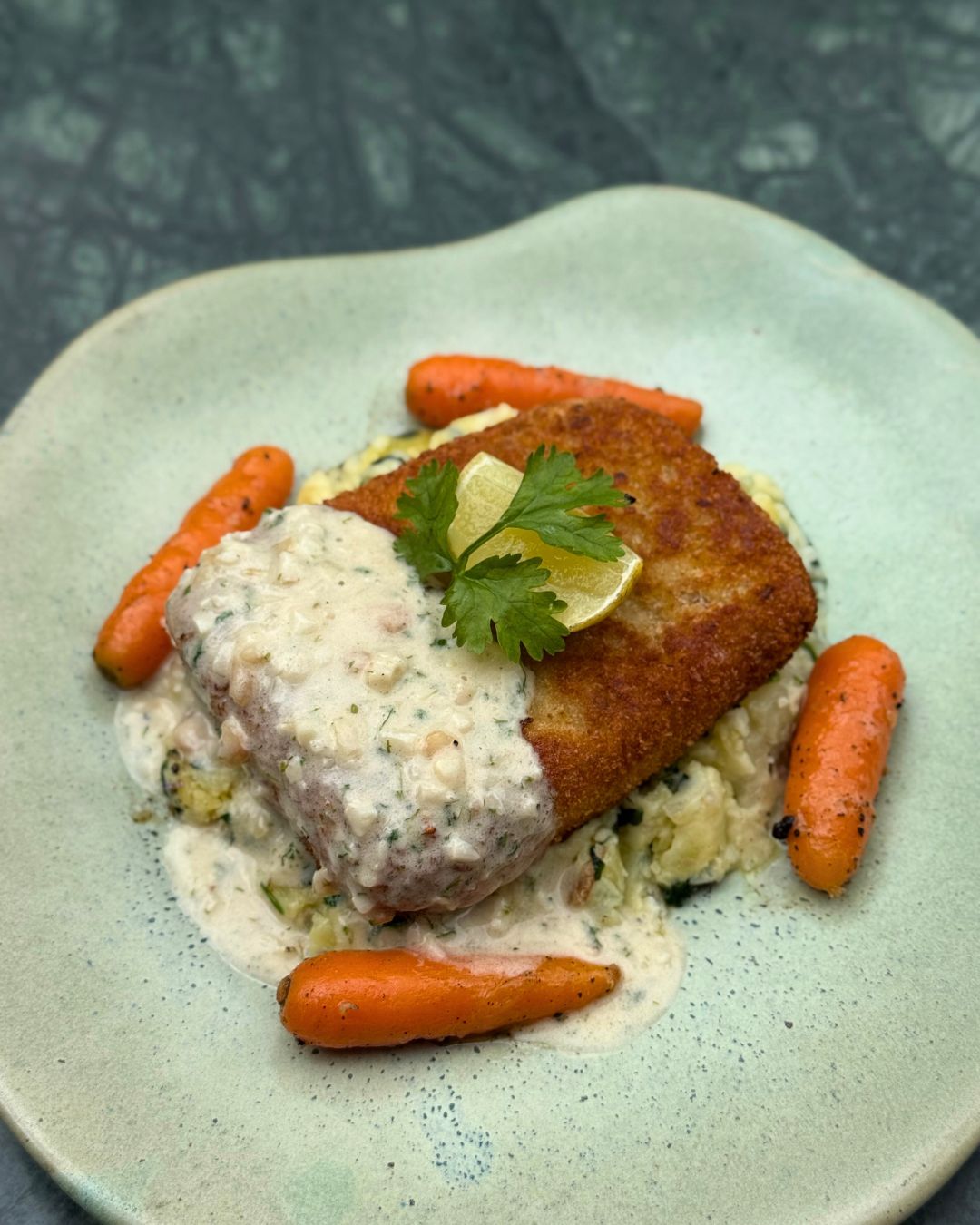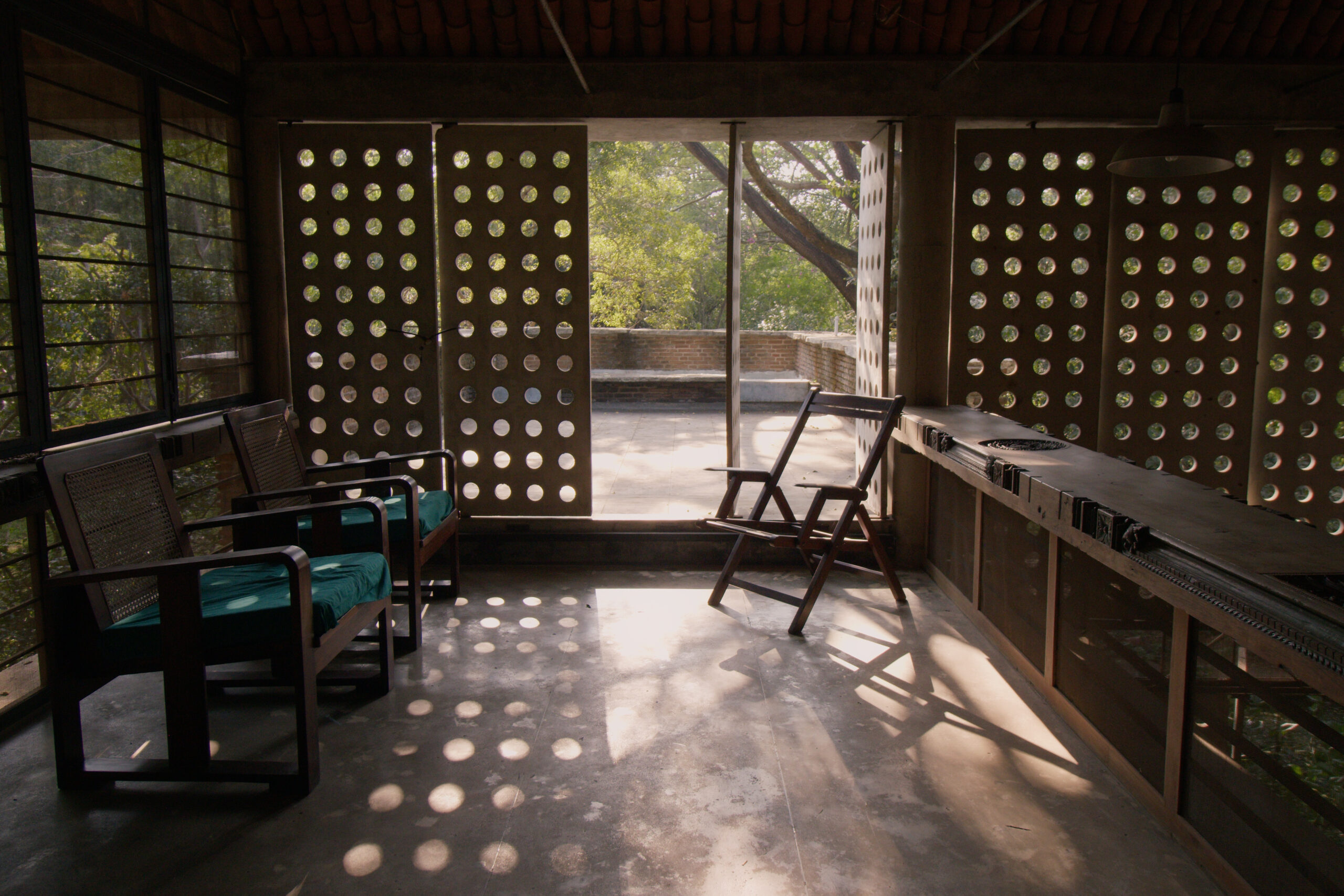Bengaluru’s Australian Macadamia Festival puts a premium nut in the culinary spotlight.
There’s a new nut in town — and it’s far more than a garnish on your dessert. Buttery, delicately sweet, and almost decadent in texture, the Australian macadamia has long held cult status among chefs and pâtissiers worldwide. Now, thanks to a growing appetite for premium ingredients in India’s gourmet scene, the macadamia is having its star turn — and nowhere is this more deliciously evident than at the Australian Macadamia Festival 2025, which took over Bengaluru’s dining landscape recently.
The week-long celebration, now in its third edition, was organised by the Australian Macadamia Society (AMS), in collaboration with the Australian Trade and Investment Commission (Austrade). It marked a strategic push to introduce this high-value nut to Indian consumers through immersive, flavour-forward experiences — from curated menus and chef collaborations to workshops and industry roundtables.
Native to Australia’s rainforests and often dubbed the “queen of nuts,” macadamias are prized not only for their lush, creamy profile but also for their impressive nutritional value — rich in monounsaturated fats, antioxidants and essential minerals. Australia remains the world’s largest producer, accounting for nearly 50% of global macadamia supply, and with demand steadily rising across Asia, India has emerged as a natural next frontier.
“India’s luxury food sector is expanding rapidly — estimated to touch USD 6.7 billion by 2028 — and consumers are more ingredient-aware than ever before,” says Jillian Laing, CEO of the Australian Macadamia Society. “Bengaluru, with its vibrant dining culture and openness to experimentation, is the perfect city to showcase how versatile and elevated macadamias can be.”
Jacqui Price, General Marketing Manager, Australian Macadamia Society
Over the course of the festival, Bengaluru’s top restaurants, bakeries and bars transformed the humble nut into culinary art. At Monkey Bar, it appeared as a golden crust over seared fish with lemon macadamia cream. Lavonne crafted airy profiteroles layered with macadamia and coffee, while Street Storyss reimagined it in a vegan salad with tamarind dressing. Mixologists at Soka Cocktail Bar infused macadamia orgeat into innovative drinks, and Ganache at The Ritz-Carlton explored the nut’s dessert potential with luxurious pralines and tarts.
Masterclasses led by chefs, including Ajay Chopra, demonstrated macadamia’s versatility beyond the pastry kitchen — folded into creamy risottos, blitzed into velvety sauces, or even paired with Indian spices to create contemporary fusion dishes. Meanwhile, a trade-focused industry forum at The Lalit Ashok brought together growers, importers and food businesses to explore how to integrate macadamias into India’s evolving culinary supply chain.
While the festival was a feast for food lovers, it’s also part of a broader economic story. With India’s nut and dried fruit market valued at USD 8.4 billion and growing at over 10% CAGR, there’s significant room for premium imports. Macadamias, currently a niche product, retail at around INR 2,500–3,000 per kilogram in India — positioning them firmly in the luxury segment.
Australia, for its part, sees India as a strategic market — both for direct consumption and as an ingredient in value-added food products. From plant based dairy alternatives to bakery goods and premium snacks, macadamia’s applications extend far beyond fine dining, and that versatility is central to its commercial potential.
1: Herb and Australian Macadamia Nuts Crusted fish at Monkey Bar; 2: Australian Macadamia, Roasted Pineapple, and Vanilla Chiffon at Juny’s Bakehouse
Ultimately, the Australian Macadamia Festival is about more than one ingredient. It’s a reflection of how India’s culinary landscape is maturing — shifting from merely importing products to embracing them as part of a broader narrative of taste, health, sustainability, and luxury.
For Bengaluru’s food lovers, it’s an invitation to step outside the familiar almond-cashew comfort zone. For the industry, it’s a sign that premium, sustainably grown produce can find a receptive and profitable home in the city. And for the macadamia, a nut that once grew wild on the other side of the world, it’s proof that it has cracked open a space in India’s kitchens and palates.
As diners swirl macadamia-infused cocktails, tuck into nut-crusted fish, or finish their meals with a creamy macadamia gelato, one thing is clear: this is more than a culinary fad — it’s the beginning of a delicious new chapter in India’s evolving taste story.
Words by Jackie Pinto
Featured Image Macadamia Ternifolia (1904) by Deborah Griscom Passmore







